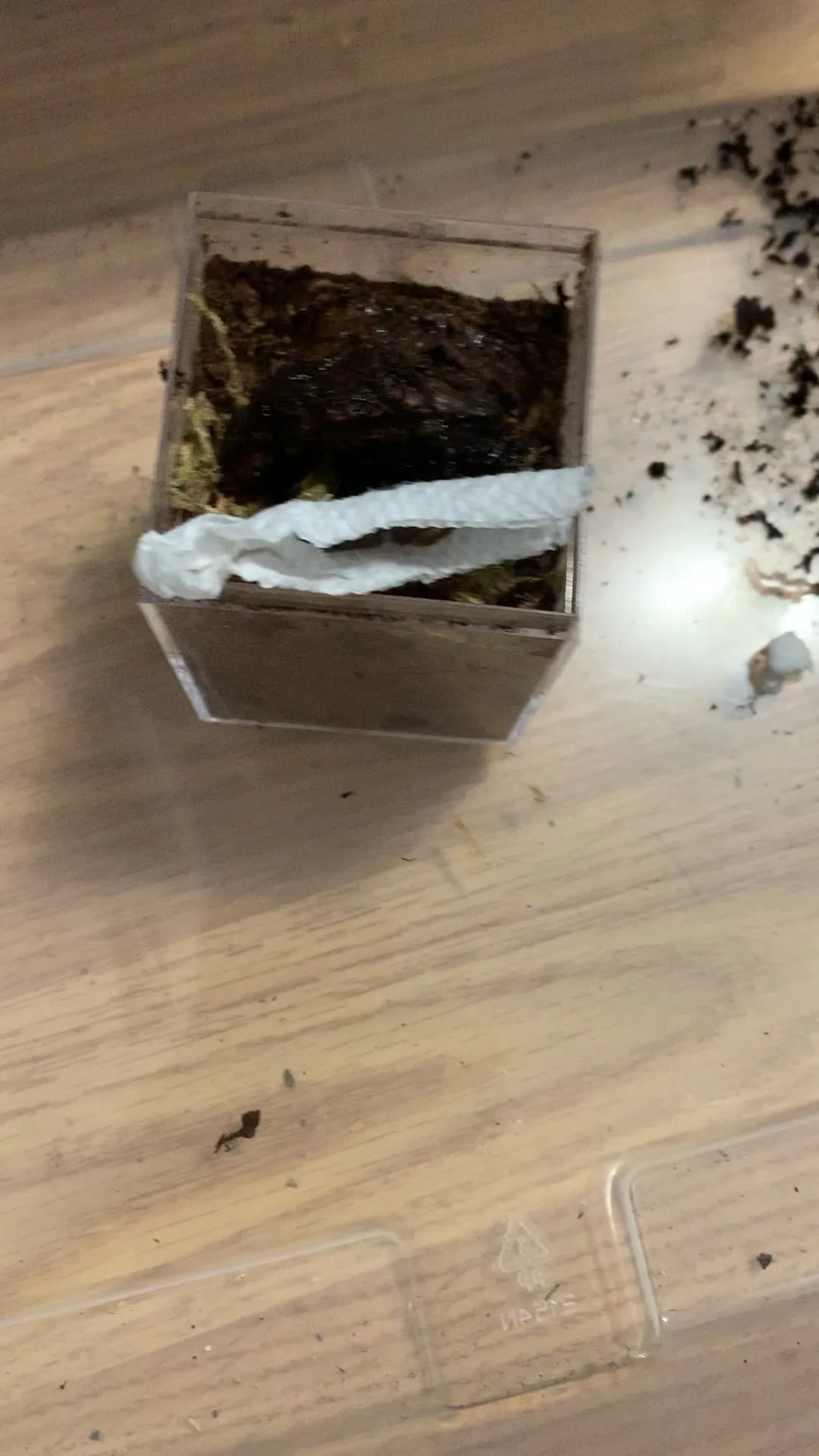Top 5 Mistakes When Keeping Tarantula Slings
Keeping tarantula slings can be a rewarding experience, but it’s crucial to avoid common pitfalls that can harm these delicate creatures. These tiny arachnids have specific needs that, if not met, can lead to stress, illness, or even death. This guide highlights the top five mistakes that keepers often make, providing insights and solutions to ensure your tarantula sling thrives. By understanding and preventing these errors, you can create a safe and enriching environment for your pet, allowing it to grow into a healthy and fascinating adult tarantula. The following advice will help you to establish the best environment for your new tarantula.
Mistake 1 Incorrect Enclosure
The enclosure is the foundation of your tarantula sling’s habitat, and getting it right is paramount. Many keepers make mistakes with the size and design of the enclosure, which can significantly impact the sling’s well-being. A poorly chosen enclosure can lead to difficulties in regulating humidity and temperature, and it can also pose a risk to the sling’s safety. The goal is to provide a secure, comfortable space that mimics the tarantula’s natural environment, allowing it to thrive. Always remember that a well-designed enclosure reduces stress and encourages natural behaviors, leading to a healthier and happier tarantula.
The Right Enclosure Size
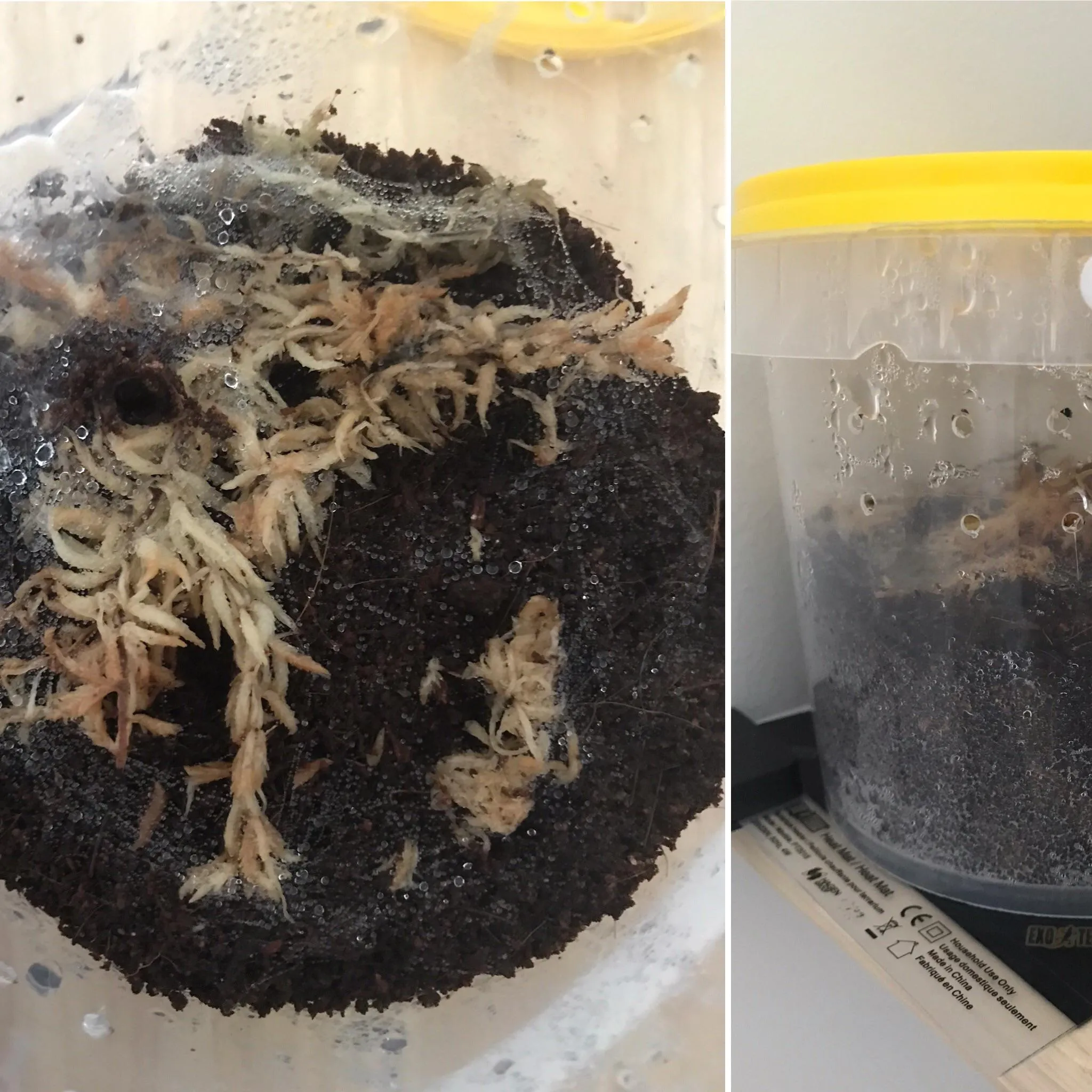
One of the most common errors is using an enclosure that is too large for a tarantula sling. While it might seem counterintuitive, an overly large enclosure can make it difficult for the sling to find its food, regulate its temperature, and feel secure. Tarantula slings are small and vulnerable; they thrive in enclosures that offer a sense of security. The ideal size depends on the species and the size of the sling, but generally, a container that is about three times the sling’s leg span in width and length is a good starting point. As the sling grows, you can gradually increase the enclosure size. Choose an enclosure that is shallow for terrestrial species to prevent falls. A cramped enclosure can lead to stress. A good approach is to start small and upgrade as needed, rather than overestimating the required space initially.
Ventilation Needs
Proper ventilation is essential to prevent the build-up of harmful humidity and mold. Poor ventilation can create a stagnant environment that promotes bacterial growth and can lead to respiratory problems in your tarantula sling. Enclosures should have adequate cross-ventilation, which can be achieved through ventilation holes on opposite sides of the container. The number and size of the ventilation holes should be balanced to allow for airflow while still maintaining appropriate humidity levels. It’s crucial to monitor the enclosure regularly for signs of condensation or mold, which indicate that ventilation needs adjustment. Ensure that the ventilation allows for adequate airflow to maintain a healthy environment for your tarantula.
Mistake 2 Wrong Humidity and Temperature
Tarantula slings are very sensitive to environmental conditions, making humidity and temperature control critical to their health. Inappropriate levels of either can quickly lead to dehydration, molting problems, and other serious health issues. Maintaining the right balance is not just about providing a comfortable environment, but it also about ensuring the sling’s survival. Always research the specific humidity and temperature requirements for the species you are keeping. Regular monitoring and adjustment are crucial to providing a safe and healthy environment for your tarantula sling.
Achieving Optimal Humidity
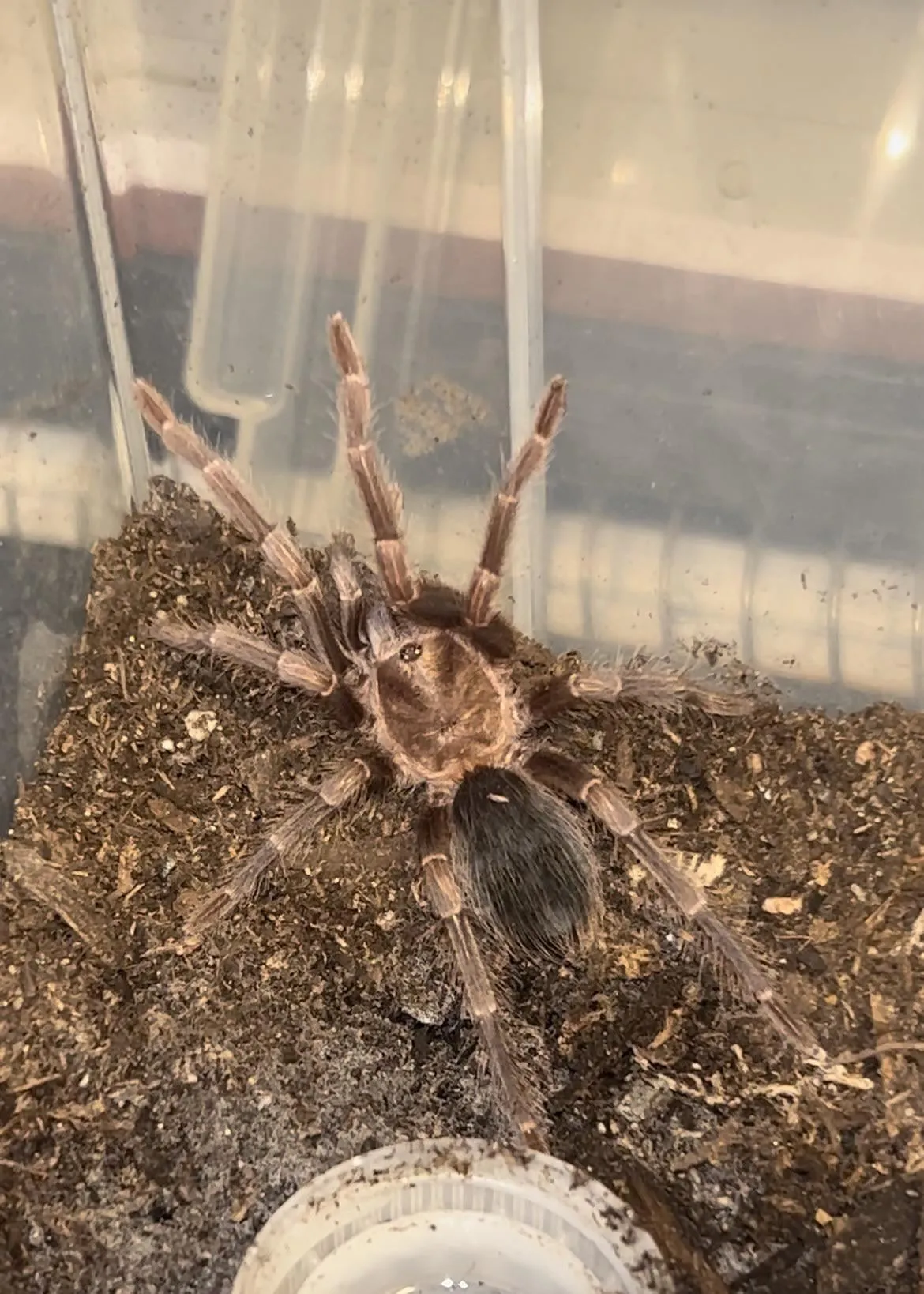
Humidity levels vary greatly depending on the species of tarantula sling. Some species require high humidity, while others thrive in drier conditions. To maintain the correct humidity, use a hygrometer to measure the moisture levels within the enclosure. Increase humidity by misting the enclosure with dechlorinated water, typically once or twice a week, depending on the species’ needs. Ensure that the substrate is slightly damp, but not overly wet, as this can promote mold growth. Adequate ventilation is also key to preventing excessive humidity. Provide a water dish with a small amount of water for drinking, but do not allow the enclosure to become saturated. It is important to tailor the humidity to the specific species.
Maintaining Ideal Temperatures
Temperature is another critical factor. Tarantula slings are ectothermic, meaning they rely on external sources to regulate their body temperature. Most species thrive in temperatures ranging from 75 to 85 degrees Fahrenheit. Use a thermometer to monitor the temperature inside the enclosure. Avoid placing the enclosure in direct sunlight or near heat sources, such as radiators or air vents, which can cause temperature fluctuations. If necessary, use a heat mat or a low-wattage heat lamp to maintain the appropriate temperature, but always use a thermostat to prevent overheating. The ideal temperature range promotes healthy metabolism and activity, which is essential for the sling’s growth and well-being. Ensure the temperature is within the optimal range at all times.
Mistake 3 Improper Feeding
Feeding tarantula slings properly is essential for their growth and health. Overfeeding or underfeeding can both have negative consequences. Slings have specific dietary needs that, if not met, can affect their development and overall health. Provide the right type of food, the right amount, and the correct frequency for optimal health. Always monitor your sling’s feeding habits and adjust the feeding schedule as needed. An awareness of how much and how often to feed your sling, along with the right kind of food, is crucial for their well-being and growth.
Choosing the Right Food
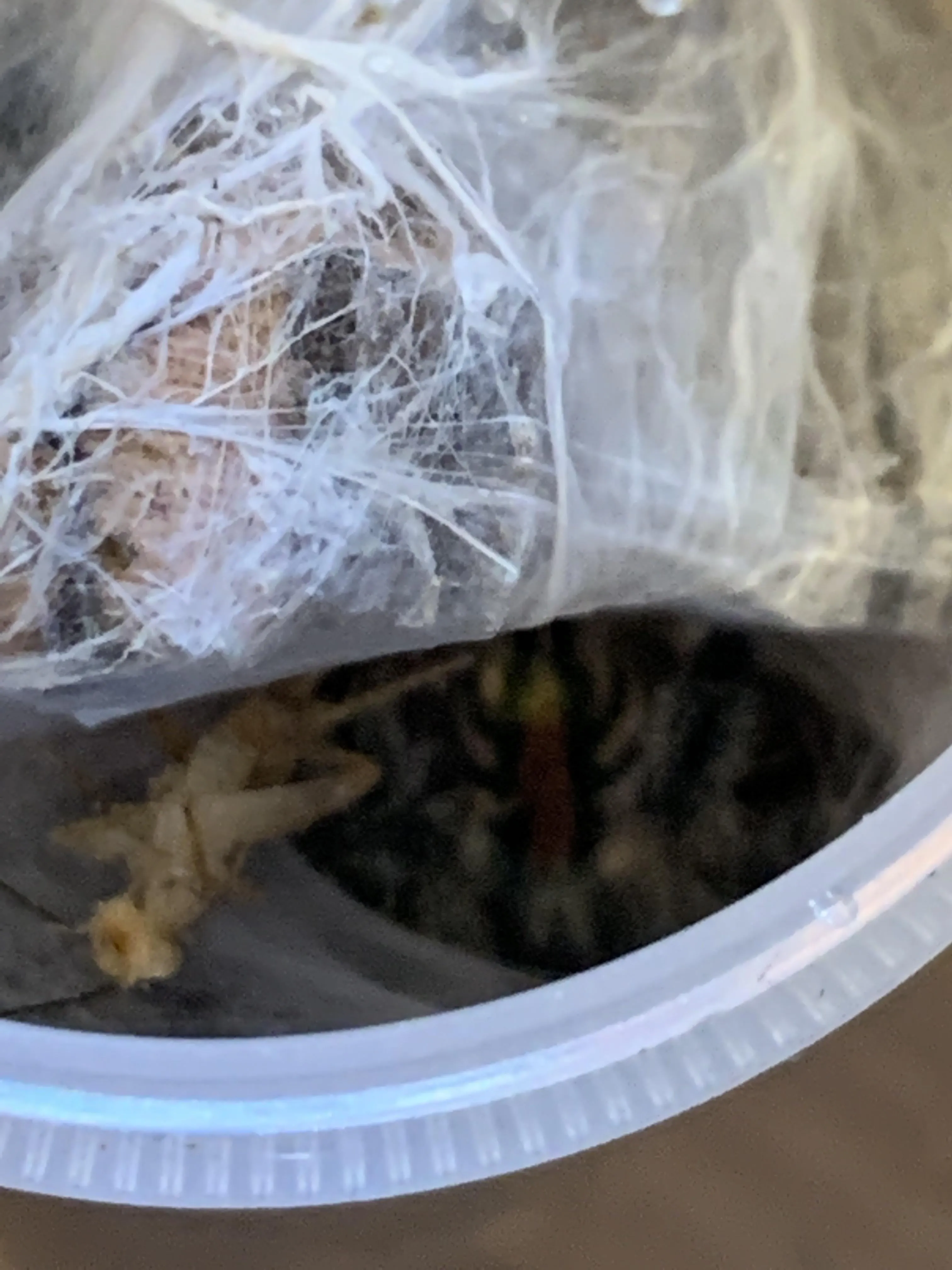
Tarantula slings primarily eat small insects, such as pinhead crickets, flightless fruit flies, or small mealworms. The size of the food should be appropriate for the sling’s size. A good rule of thumb is to offer prey that is no larger than the sling’s abdomen. Ensure that the insects are gut-loaded (fed nutritious food) before offering them to your sling. Gut-loading the prey ensures that the sling receives essential nutrients. Avoid feeding wild-caught insects, as they may carry parasites or pesticides. You can purchase pre-fed insects or feed them yourself. Variety in the diet can also be beneficial, and you can experiment with different insect types to see what your sling prefers.
Feeding Frequency
The feeding frequency depends on the species, size, and growth rate of the sling. Most slings should be fed two to three times a week. Observe your sling’s behavior to determine if it is hungry. A tarantula sling that is consistently refusing food may be about to molt. The frequency of feeding can be adjusted based on the sling’s growth rate and appetite. Be cautious not to overfeed, as this can stress the sling. A well-fed sling will have a plump abdomen, while an underfed one may have a thin abdomen. Always remove any uneaten prey within 24 hours to prevent stress and potential harm to the sling.
Mistake 4 Lack of Safety
Safety is a paramount concern when keeping tarantula slings, both for the sling and for yourself. Many keepers overlook important safety precautions, which can lead to escapes, accidental injuries, and other hazards. Understanding the potential risks and taking steps to mitigate them ensures that both you and your sling remain safe and protected. A safe environment allows your tarantula to thrive. The enclosure design, handling practices, and environmental factors all play a role in ensuring a safe environment for your tarantula sling.
Preventing Escapes
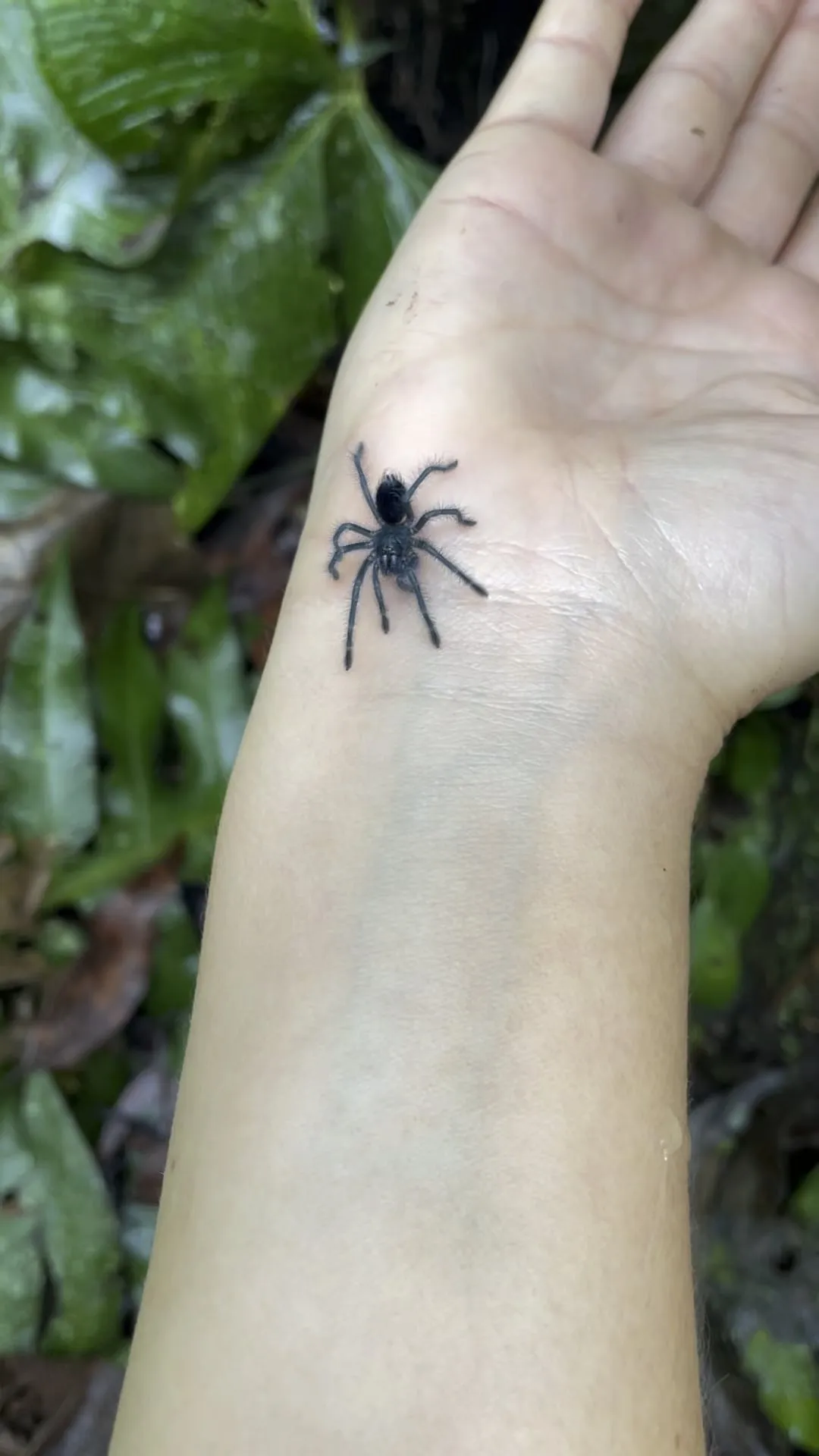
Tarantula slings are masters of escape. Ensure that your enclosure has a secure lid that is properly fastened. Check the enclosure regularly for any gaps or weaknesses that could allow the sling to escape. Choose an enclosure with a tight-fitting lid or one that is specifically designed for arachnids. If the enclosure has a sliding lid, make sure it locks securely. Avoid leaving any openings unattended. When opening the enclosure for feeding or maintenance, do so in a contained area. If the sling does escape, remain calm and search carefully, as they can hide in small spaces. Ensure that all entry and exit points are secured to prevent any escape, which could cause significant distress.
Handling Considerations
Tarantula slings are generally not suitable for handling. Their small size makes them fragile, and a fall could cause serious injury. Additionally, some species have urticating hairs that can cause irritation if they come into contact with your skin. Avoid handling your sling unless absolutely necessary. When handling is unavoidable (e.g., for enclosure cleaning), do so gently and carefully, minimizing the risk of the sling falling or being startled. If you must handle the sling, do so close to the ground or a soft surface to prevent injuries. Use a soft brush to gently guide the sling. Prioritize safety and well-being by minimizing handling and creating a secure environment.
Mistake 5 Not Researching the Species
One of the biggest mistakes a keeper can make is failing to research the specific species of tarantula sling they are keeping. Each species has unique needs and preferences, including habitat, temperature, humidity, and diet. Providing the wrong environment can lead to stress, health problems, and premature death. Before acquiring a tarantula sling, it is essential to thoroughly research its specific requirements. This includes knowing its origin, natural habitat, and any specific care instructions. An understanding of their native environment helps to replicate their ideal habitat. Failing to do this can result in significant errors, making it difficult to provide optimal care.
Understanding Specific Needs
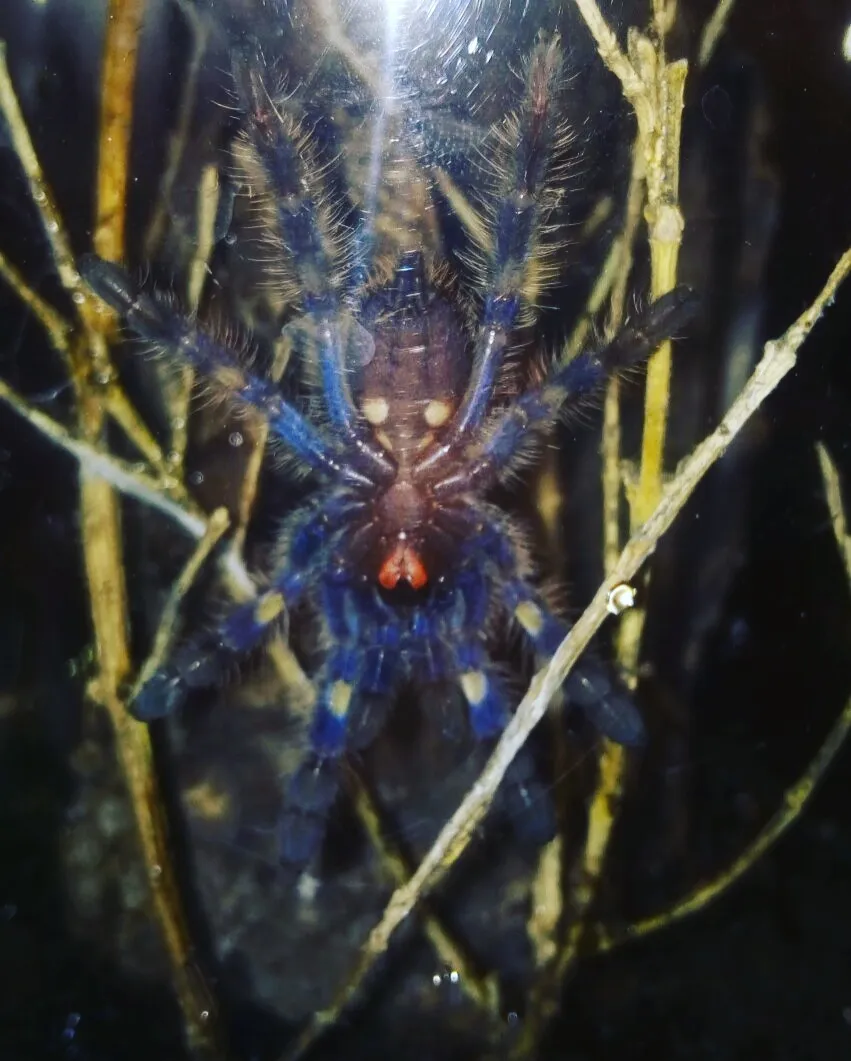
Different species of tarantulas come from varied environments, and understanding these differences is vital. Some species require high humidity and warm temperatures, while others thrive in drier conditions. Some species are more terrestrial, while others are arboreal (tree-dwelling) and require different enclosure setups. Researching the species’ natural habitat provides insight into the best substrate, enclosure design, and overall care. For example, terrestrial species need substrates that allow burrowing, while arboreal species require climbing structures. The more you understand the specific needs of your tarantula, the better you can tailor its care to meet those needs. Knowing your tarantula’s needs helps you establish the right conditions for its health and happiness.
Resources for Information
There are many resources available to help you research and care for your tarantula sling. Reputable online forums, pet stores, and books provide a wealth of information. Online communities of tarantula keepers are an invaluable source of information, offering advice, tips, and experiences. Books and scientific articles offer detailed information about different species. Local pet stores or specialized reptile and arachnid stores can provide expert advice. Always consult multiple sources to verify information and ensure its accuracy. Careful research and continuous learning is key to successful tarantula keeping, allowing you to provide the best possible care for your pet. The more you learn, the better prepared you will be to care for your tarantula sling.
